Trauma-Informed Therapy
Heal from Trauma and Re-Establish Safety
Heal in a Safe, Understanding Environment

Connect with a Counselor Who Understands Trauma

Start Feeling Safe, Whole, and in Control of Your Life
Heal from the Trauma Controlling Your Life
Everyone experiences trauma during their lifetime. Sometimes people can process traumatic happenings and move forward, but that isn’t always possible. Unprocessed trauma shatters your sense of safety and makes you feel out of control of your life. It leaves you feeling like the world is unsafe and you can’t stop bad things from happening to you.
The loss of a loved one, a car wreck, abuse, or bullying are all examples of trauma that can affect your mental health.
Trauma is different for every person. Two people can experience the same event, yet only one has long-term effects. This difference results from many factors, including genetics, environment, and learned coping skills.
Symptoms of trauma may include:- Headaches
- Anxiety
- Depression
- Guilt or shame
- Insomnia
- Physical pain
- Avoidance
- Reexperiencing
- Poor self-esteem
- Anger or rage
- Fear
- Isolation
- Hypervigilance
- Extreme mood swings
- Body aches
- Gastrointestinal issues
Trauma and addiction are often connected. As many as 75% of people who experience trauma develop an addiction. The two are so closely linked that addiction frequently is considered a symptom of trauma. It’s common for people with trauma disorders to drink alcohol or use drugs to attempt to regulate their nervous system and cope with trauma symptoms.
Because trauma and its impacts are so variable, seeking help from someone who understands trauma and how the brain and body naturally respond to it is essential. Trauma-informed care recognizes that trauma has far-reaching consequences by helping survivors feel safe, heard, and understood.
How is Trauma-Informed Care Different?
Trauma-informed addiction care is based on the understanding that trauma survivors may have long-lasting psychological, biological, social, emotional, and neurological effects from their experience. The term “trauma-informed” means that mental health professionals consider the impact of these effects when forming treatment plans.
Therapists aren’t authority figures who decide what’s best for their clients alone. Instead, the client-therapist relationship is collaborative. Each person becomes empowered to take part in their own recovery.
A trauma-informed approach creates a safe environment where the client’s input is valued. It helps to avoid re-traumatizing people and creates more positive outcomes. Clients who feel validated and empowered are better positioned for long-term healing and sobriety.
You deserve care that enables you to experience lasting change.

5 Principles of Trauma-Informed Care at Shadow Mountain Recovery
At Shadow Mountain Recovery, we practice the five principles of trauma-informed care that help protect patients from being re-traumatized. They help to create a positive environment for healing. They are:
1. Safety
Shadow Mountain maintains a safe space where clients can share personal information without judgment or criticism. We welcome adults from all cultures of all genders and sexual orientations.
Our dual-diagnosis program welcomes trauma survivors dealing with addiction and other mental health concerns. Many people with addictions also have Post-Traumatic Stress Disorder (PTSD), anxiety, or depression, and we’re prepared to help them.
2. Trust
Transparency from providers is the key to building trust. Clients feel more open and are willing to be vulnerable when providers are honest about their expectations. Offering clarity about the treatment process is also important. We begin building trust from the first encounter.
Our admissions specialists will answer all your questions. We take every step to ensure you feel confident about choosing our program.
3. Choice
Clients at Shadow Mountain choose the course of their treatments. They may choose residential or outpatient care. They can also set boundaries on which topics they are open to discussing during therapy.
Our providers connect clients with the resources they ask for instead of attempting to control the treatment process.
4. Collaboration
Collaborative partnerships between clients and their treatment team members are encouraged. Our mental health professionals invite clients to ask questions and provide feedback. They encourage questions and answer them honestly.
5. Empowerment
Many trauma survivors feel they have lost control or had it taken away through violent means. Trauma-informed care focuses on empowering each individual to make their own decisions. We create an environment where each client feels safe and supported as they move through their recovery treatment.
Experience care that respects your choices.
Start Trauma-Informed Treatment at Shadow Mountain
Shadow Mountain Recovery Centers offer trauma-informed care at all our New Mexico treatment centers. Our programs include medically-supervised detox, residential care, outpatient care, and dual-diagnosis treatment. We offer trauma-informed care for those seeking to heal from substance use disorders.
If you’re ready to commit to recovery and healing, we’re here to help. We accept most major insurances because we never want finances to get in the way of treatment. Our admissions specialists are ready to help.


